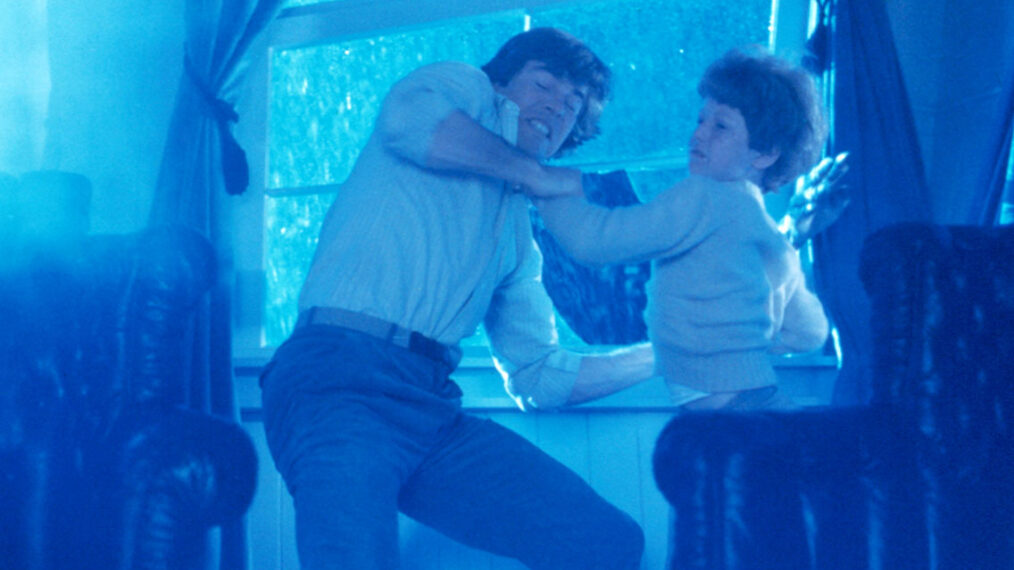Retro Nightmare Fuel: Pro Tip From Mario Bava’s ‘Black Sabbath’ — Never Steal a Ring Off a Corpse
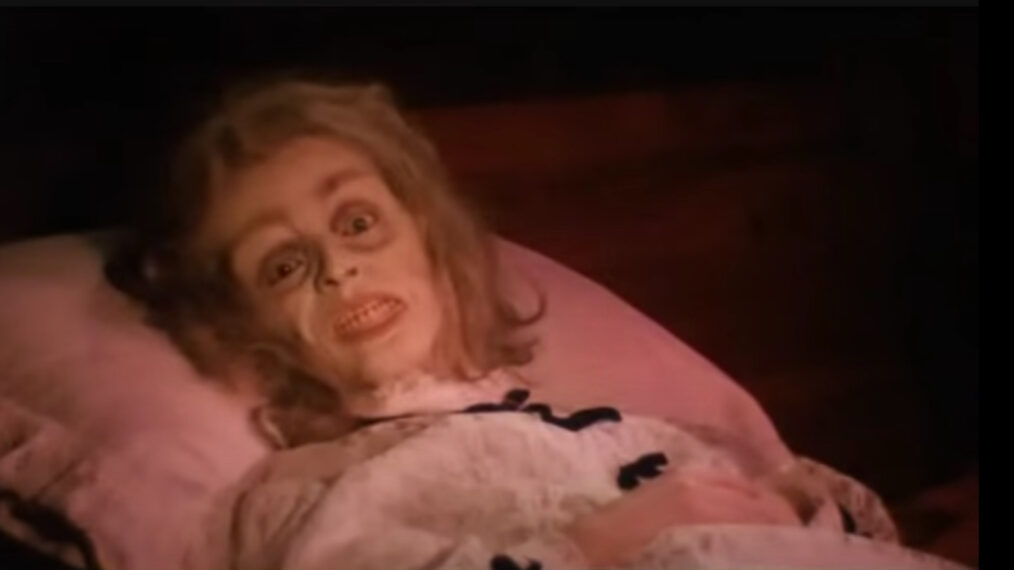
I was getting scared by classic Italian horror movies long before I even knew what they were, or that they were even from another country, thanks to a couple of films directed by Mario Bava that used to air on local scary movie shows when I was a kid in the late ‘70s/early ‘80s.
One of those titles was Black Sunday (1960), Bava’s first officially credited film as director. The frightening Gothic tale of an evil 17th century witch (Barbara Steele) and her lover who are sentenced to death but resurrected in the 19th century was an influence on how modern horror films would adopt visually graphic fright elements. The scene of her lover’s slimy, rotting hand breaking through the dirt over his grave as he emerged was the type of horror I was not yet accustomed to seeing, but as shocking as it was for me at the time, it was hard to turn away.
I felt that same sensation with another Bava title that was a regular title on local horror shows, and which had an even greater impact on me — Black Sabbath, which premiered in Italy about 60 years ago, in late August 1963.
A horror anthology comprised of three stories (in Italian, its title is I tre volti della paura, meaning The Three Faces of Fear), Black Sabbath remains one of the finest of that genre.
One of the tales, “The Telephone,” is a suspenseful tale set in a modern (1960s) apartment, where a French call girl (Michèle Mercier) is tormented by constant phone calls from a psycho who somehow can see what she is doing and says he is going to kill her.
The other two stories — “The Drop of Water” and “The Wurdulak” — are set in older times and are done in the Gothic style seen in Black Sunday. But where that film had been shot in black and white, this one is in color, and Bava does a masterful job with using color, infusing hues, light and shadow with a nearly constant sense of underlying terror even as it is all, strangely enough, lovely to look at.
These two tales are also the ones that have stuck with me the most about Black Sabbath, especially “The Drop of Water.”
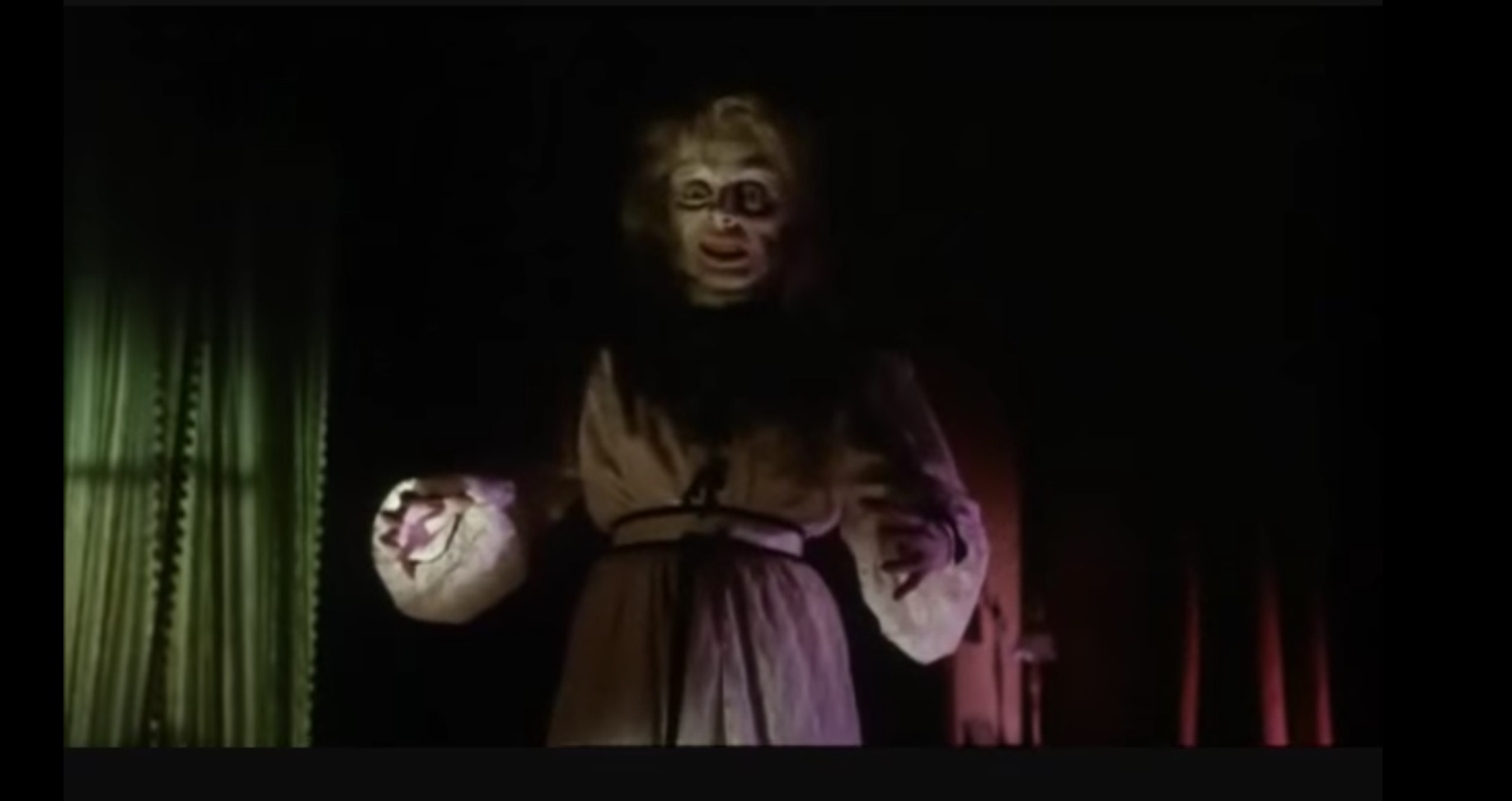
Screenshot from youtube.com/@ClassicHorrorHouse
When I was watching this film as a kid, it was always the English-language version that had been released in the United States in 1964 by good old James H. Nicholson and Samuel Z. Arkoff’s American International Pictures.
I did not see the film in its original Italian presentation until just a few weeks ago, and I noticed that there were differences in the ordering of the stories, and, in the case of “The Telephone,” a reworking of the plot had apparently been done for the English version.
So I had always remembered “The Drop of Water” as coming second in the anthology, but in the Italian version, it closes out the film. Which makes sense, given that it offers a great fright on which to go out.
The story takes place in London in the early 20th century, where a nasty, Nurse Ratched sort of caregiver (Jacqueline Pierreux) is called to dress a corpse for burial. That corpse happens to have been a spiritualist who died during a séance, but that doesn’t seem to give the nurse pause when it comes to swiping a lovely ring off of the dead woman’s finger.
But she is definitely given plenty of pause a little later, when the dearly departed lady comes to the nurse’s apartment looking for her pilfered jewelry.
As a kid, even when I knew this scene was coming, and even knowing how creeped out it made me, I had to keep watching, just as I had with Black Sunday. Even the way the corpse looks fake is haunting in its own way; just something completely unreal as if it came straight out of a nightmare, especially accompanied by that eerie organ music.
Black Sabbath’s other Gothic tale, “The Wurdulak,” also has its moments that have stuck with me, thanks to what is one of star Boris Karloff’s finest performances.
Karloff also serves as the overall narrator to the film. Another difference I remember from watching the English version compared with the Italian one is that in the former, Karloff is seen as narrator more often, introducing each story.
In the Italian version, he is seen at the beginning, introducing the film as a whole while also setting the mood with a bit of spooky humor by telling us how spectres and vampires actually do exist.
Oh, and he also tells us that …
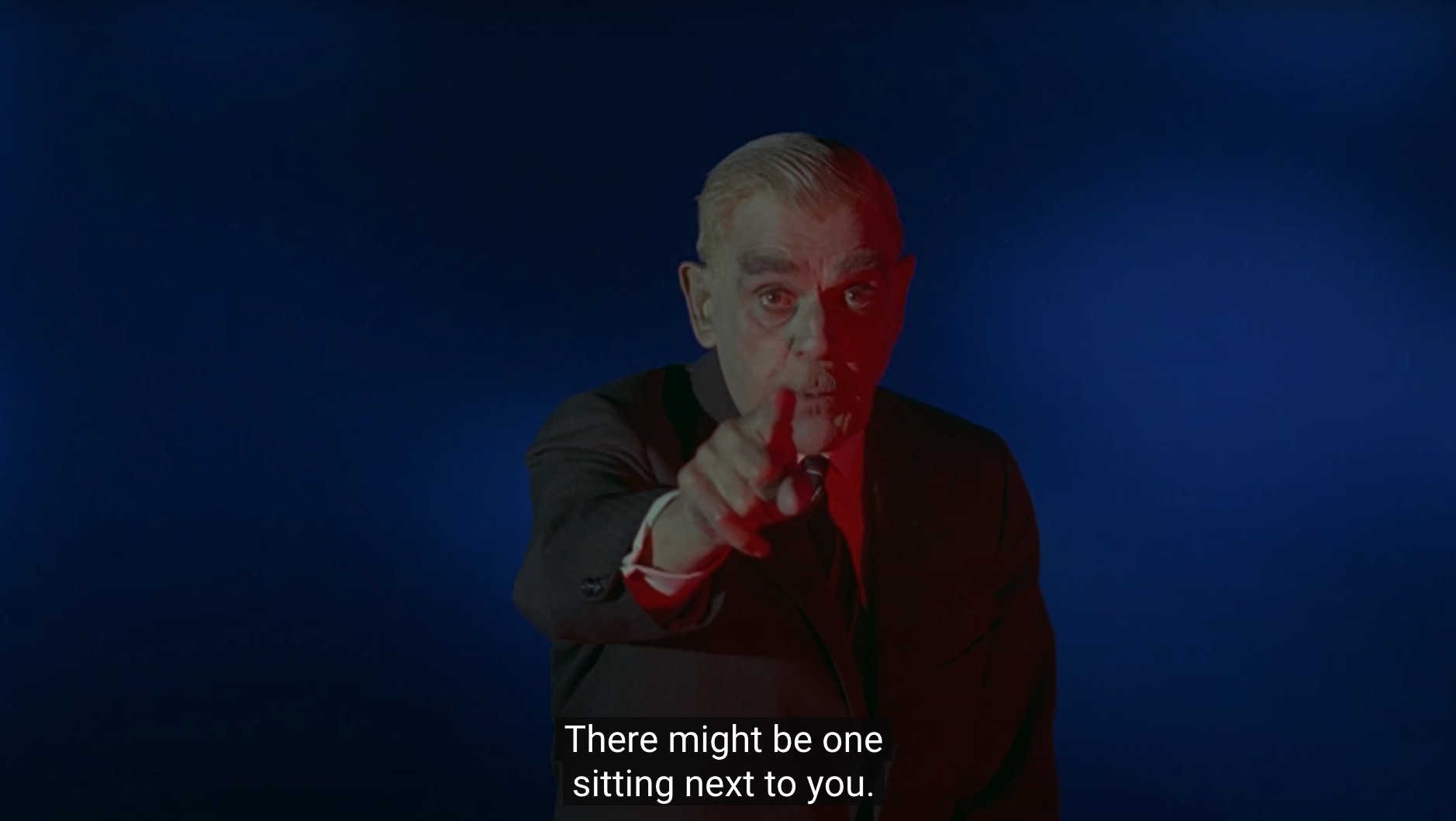
youtube
Thanks for the heads up, Boris!
Then he is not seen again out of character until the very end, in a kind of meta scene where the camera pulls back to reveal how the effect of his “Wurdulak” character riding a horse was pulled off.
I liked the way that worked better than the English version I remember, and it did nothing to diminish the impact of Karloff’s frightening and tragic performance in “The Wurdulak.”
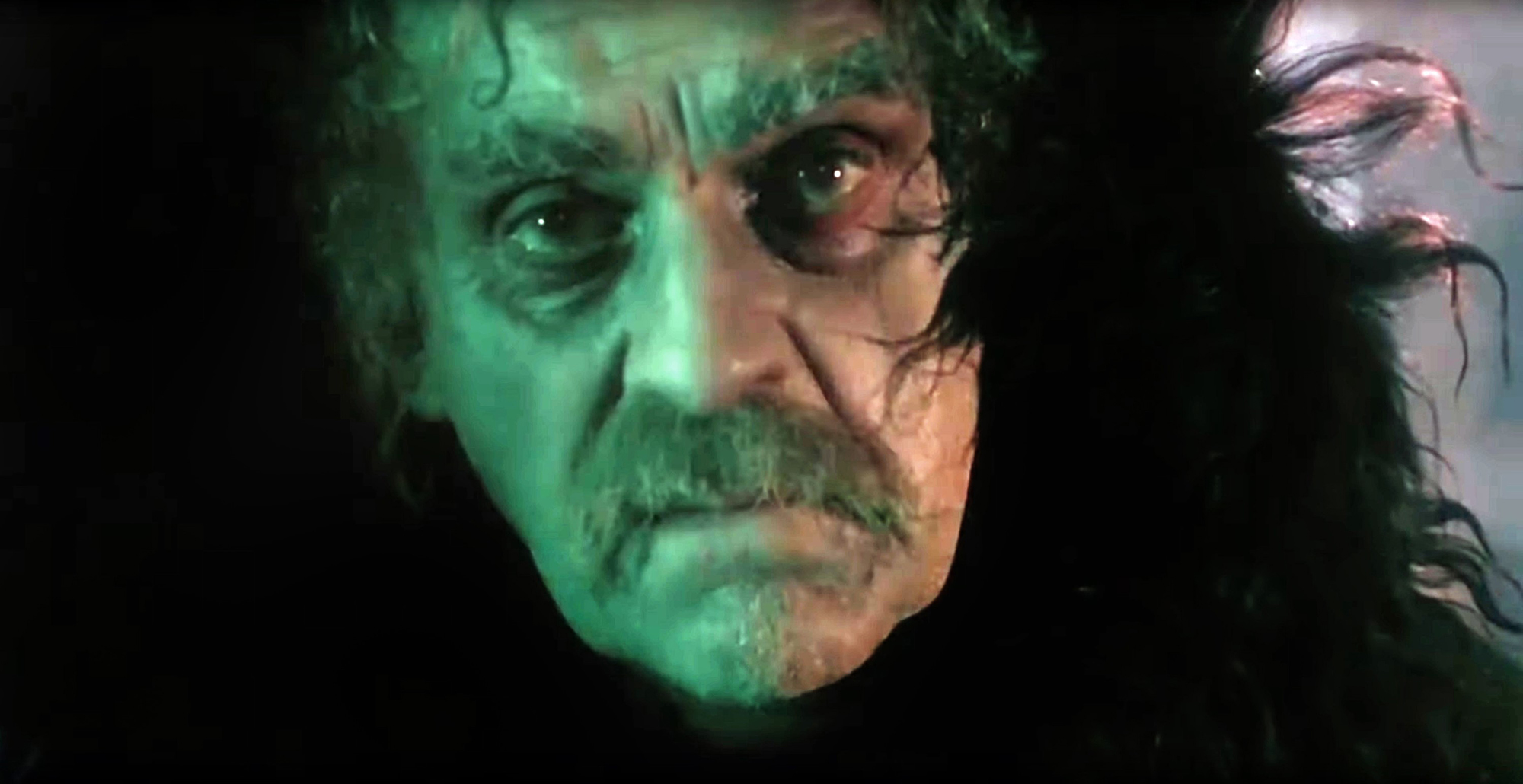
© 2021 Abramorama/Courtesy Everett Collection
Boris Karloff in the “Wurdulak” segment of Black Sabbath, as used in the 2021 documentary Boris Karloff: The Man Behind the Monster
Also starring Mark Damon, this story is based on Russian folklore, with the title creature basically a vampire that feeds on the blood of those it loved the most in life.
Karloff’s character has unfortunately been turned into a wurdurlak, and has come back to his family, with sad and horrific results, especially when he swipes his young grandson away on horseback to feed on him, a scene that always creeped me out back when I was watching this as a kid.
The other scene from “The Wurdulak” that has stayed with me was that grandson then returning to the household himself as a wurdurlak, and plaintively wailing on the doorstep on a cold and windy night, begging his mother to let him in because he’s cold.
These moments may stand out most to me, but Black Sabbath as a whole is still a fantastic watch 60 years later, scary and fun (and funny, in some points, especially thanks to Karloff).
And clearly I was not the only one influenced by this movie in some way. As you may have suspected, after Ozzy Osbourne and other members of the English proto-metal band Earth saw Black Sabbath, they adopted the title of Bava’s film as the new name for their group, whose music often had a similar sort of creepiness about it.
As a great example of that, one YouTube user has put together this nice compilation of scenes from Black Sabbath the movie set to “Black Sabbath,” the song off of Black Sabbath the band’s 1970 self-titled debut album. Talk about meta …
As of this writing (Aug. 18, 2023), I’ve found the Italian-language version (which I’d recommend) of “Black Sabbath” available to stream for free (with ads) at this link on YouTube, on Plex and on Dark Matter TV.

